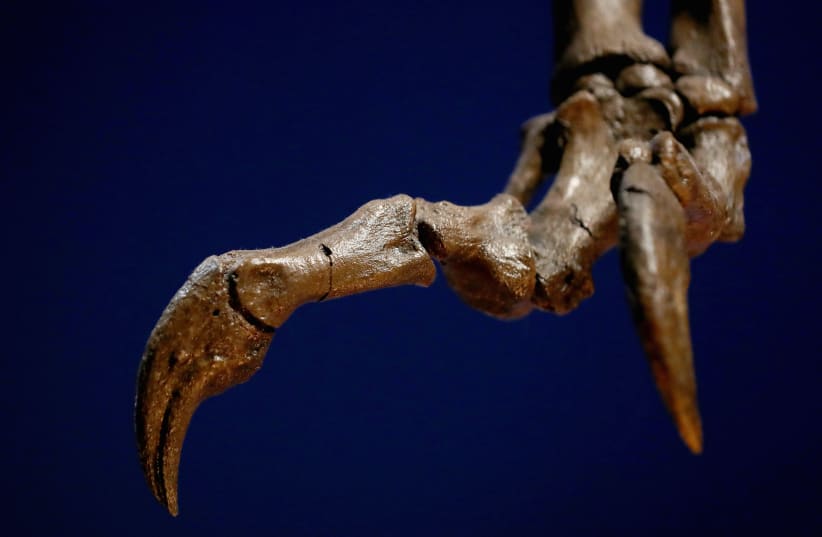Mansourasaurus, which lived near the shore of the ancient ocean that preceded the Mediterranean Sea, is one of the very few dinosaurs known from the last 15 million years of the Mesozoic Era, or age of dinosaurs, on mainland Africa. Madagascar had a separate geologic history.Its remains, found at the Dakhla Oasis in central Egypt, are the most complete of any mainland African land vertebrate during an even larger time span, the roughly 30 million years before the dinosaur mass extinction 66 million years ago, said paleontologist Hesham Sallam of Egypt's Mansoura University, who led the study published in the journal Nature Ecology and Evolution.The scientists recovered parts of its skull, lower jaw, neck and back vertebrae, ribs, shoulder and forelimb, back foot and osteoderms.A lot of Africa is covered in grasslands, savannas and rain forests that obscure underlying rock where fossils may be found, said postdoctoral researcher Eric Gorscak of the Field Museum in Chicago, who was formerly at Ohio University.While as massive as a bull African elephant, Mansourasaurus was modestly sized next to titanosaur cousins such as South America's Argentinosaurus, Dreadnoughtus and Patagotitan and Africa's Paralititan, some exceeding 100 feet (30 meters) long."Mansourasaurus, though a big animal by today’s standards, was a pipsqueak compared to some other titanosaurs," said paleontologist Matt Lamanna of the Carnegie Museum of Natural History in Pittsburgh.The researchers determined Mansourasaurus was more closely related to European and Asian titanosaurs than to those from elsewhere in Africa and other Southern Hemisphere land masses including South America formerly joined in a super-continent called Gondwana."This, in turn, demonstrates for the first time that at least some dinosaurs could move between North Africa and southern Europe at the end of the Mesozoic, and runs counter to long-standing hypotheses that have argued that Africa’s dinosaur faunas were isolated from others during this time," Lamanna said.New Egyptian dinosaur reveals ancient link between Africa and Europe - https://t.co/F5PVaHoZmY https://t.co/SHo0vKLw0K
— Science world (@Scienceworld6) January 29, 2018
Fossil of school bus-sized dinosaur dug up in Egyptian desert
Researchers said on Monday the plant-eating Cretaceous Period dinosaur, named Mansourasaurus shahinae, was nearly 33 feet (10 meters) long and weighed 5.5 tons (5,000 kg).
